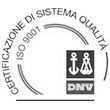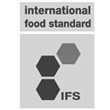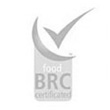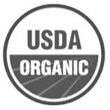Thyme
(Thymus vulgaris)
Thyme– Ingl., Thymian– Ted., Thym – Fr, Tomillo – Sp.,Тимьян - Russ.
Thyme belongs to the Labiatae family like marjoram and basil: it is native to western Mediterranean region. It grows in mountain areas of southern Europe, northern Asia, North Africa. Its leaves are small, elliptically shaped, green. Its flowers are pink or whitish. It is cultivated in Mediterranean countries (especially Turkey, Morocco, Tunisia, Spain and Albania) and in the North East. Its color may vary, darker or paler, depending on the soil and climatic conditions, and may have a slightly different flavor.
Thyme leaf and powder, of Moroccan origin and Eastern Europe.
Food Composition
Leaves and flowers of thyme vulgaris contain phenols and carvaclor.
Its essential oils are rich in linalool, cineol, camphor, cymene, timene, apinene, alpha-thujone and other compounds
Culinary Use
Its leaves are used to flavor soups, grilled and roasted meats, fish, vinegar, liqueurs and spirits. Thyme is also used for infusions.
Healing Effect
Thyme is one of the homeopathic remedies with antibacterial, antifungal, anti -diuretic, stimulant, mucolytic, antiparasitic, vermifuge and sedative properties.
An infusion of thyme is used in case of asthma, chronic catarrh bronchitis, sinusitis, depression, intestinal colic, tapeworms, whooping cough.
Preservation
The dried leaves of thyme are stored in a cool, ventilated, poorly lit and dry place.





